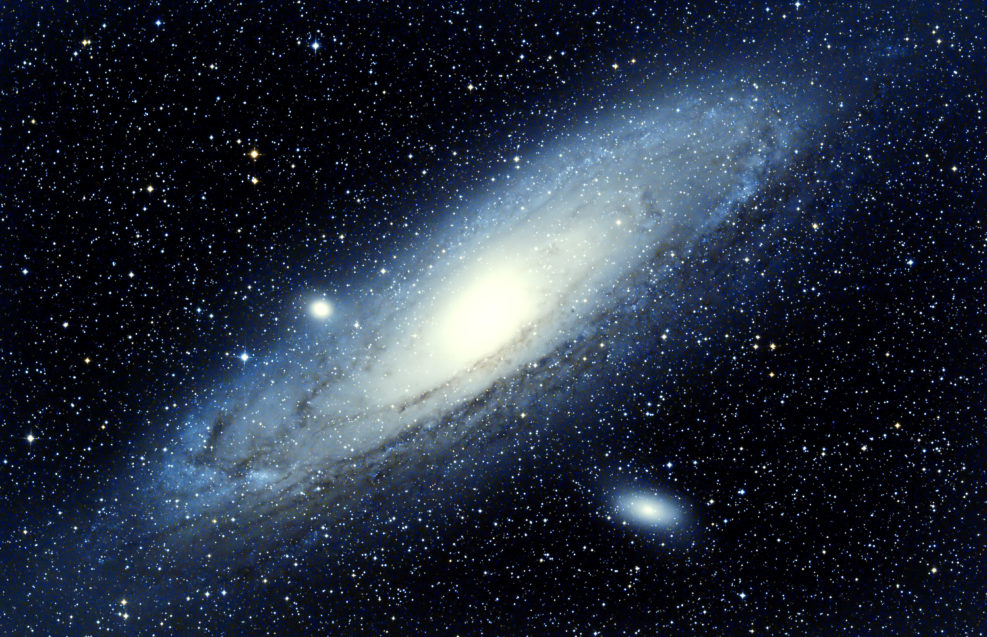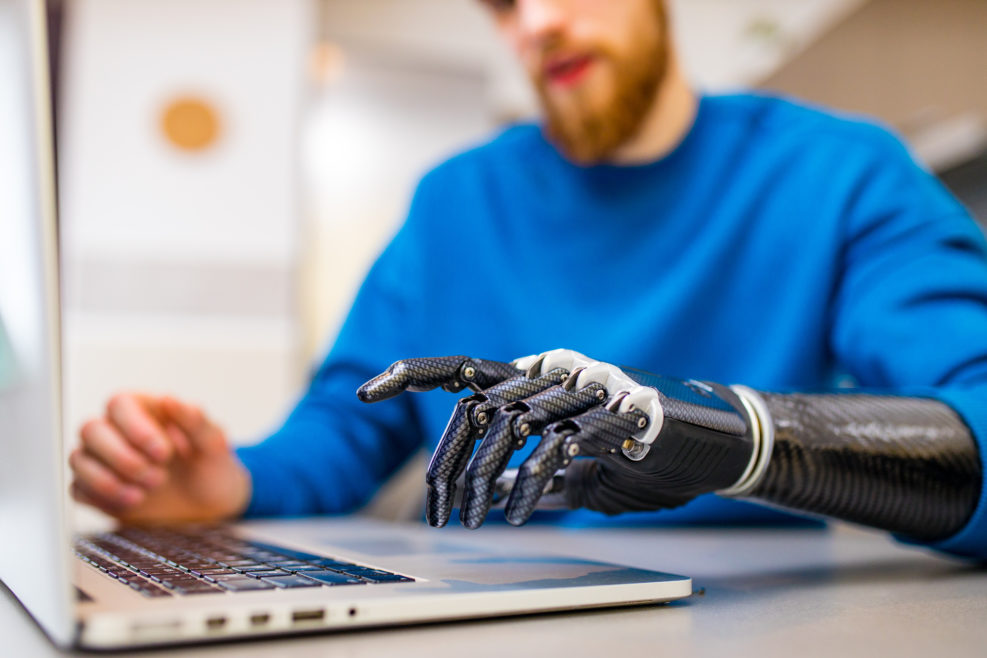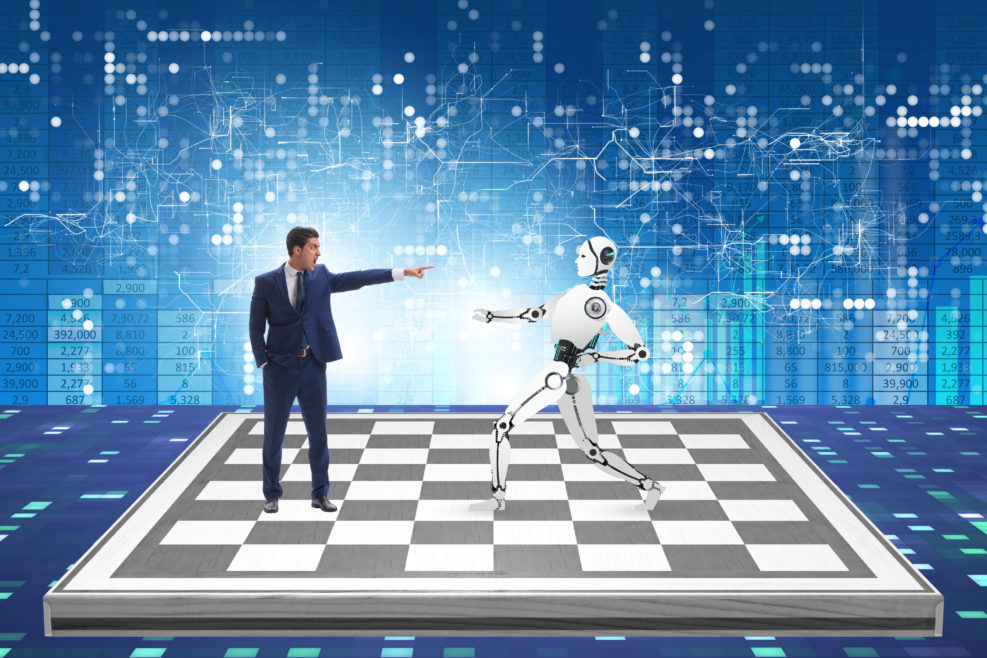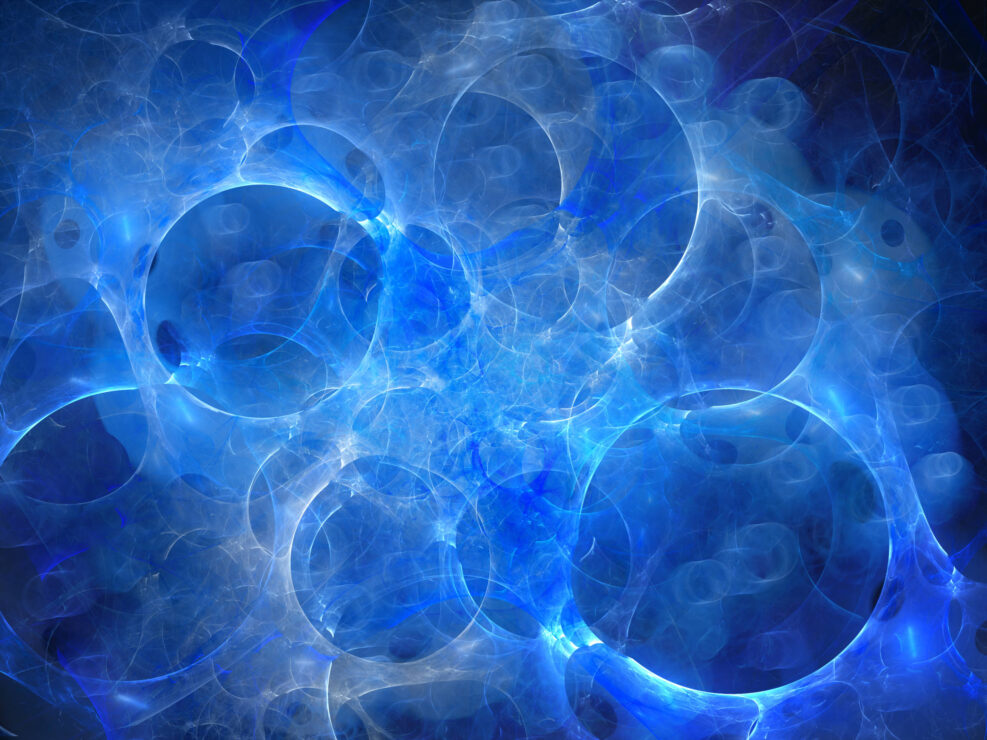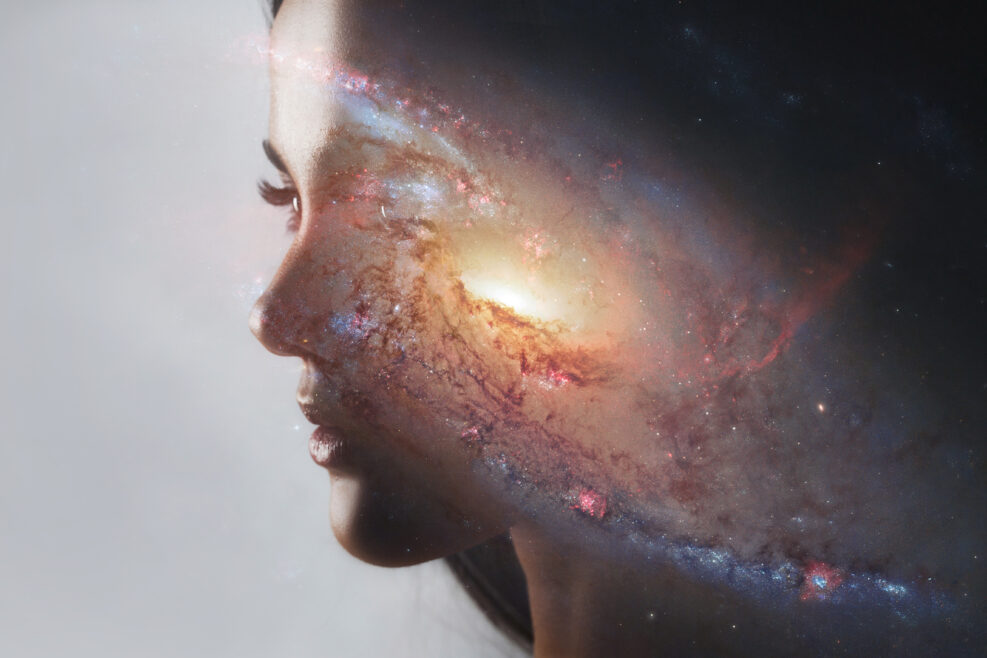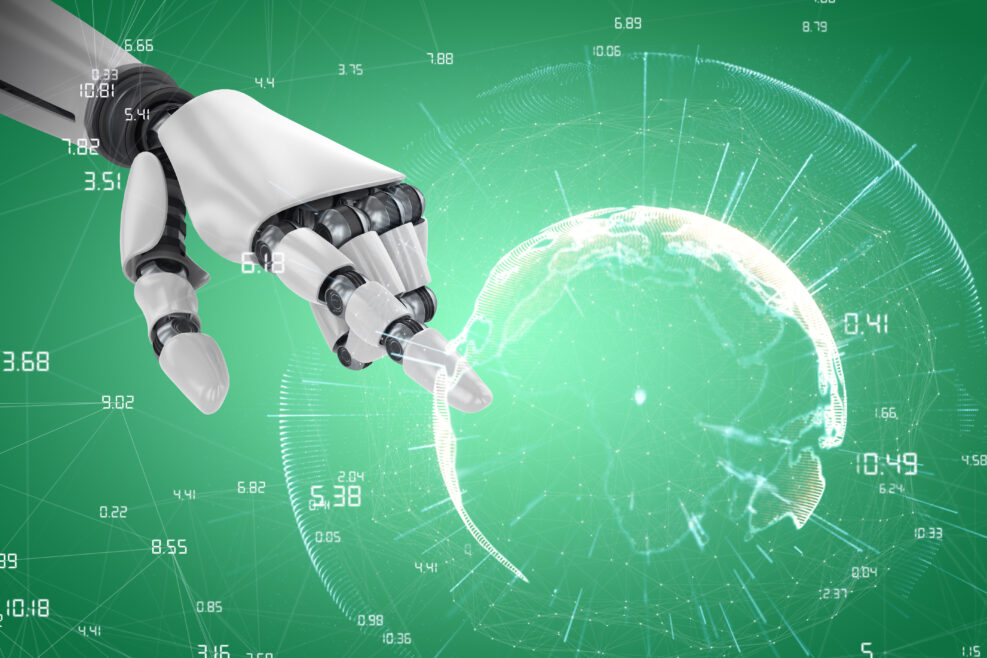
The Universe and its Mathematical Structure
Do humans project mathematics upon nature or vice versa?This past June, we published an article featuring a conversation between physicist Lawrence Krauss and novelist Cormac McCarthy, where they discussed whether mathematics was “discovered or invented.” Robert J. Marks went on to write his own thoughts on the question shortly thereafter. If you’re further interested in mathematics and whether there is an actual correspondence between math and the natural world, consider watching new podcast episode featuring Dr. Melissa Cain Travis. Do humans project mathematical order onto nature? Or was it there all along? On a new episode of ID the Future, I conclude a three-part conversation with Dr. Melissa Cain Travis about her recent book Thinking God’s Thoughts: Johannes Kepler and the Miracle of Cosmic Comprehensibility. In Part 3, we look Read More ›

